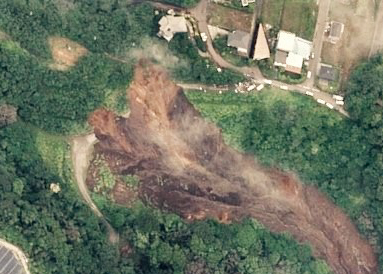Month: September 2021
Madame Pele Breezes Back In
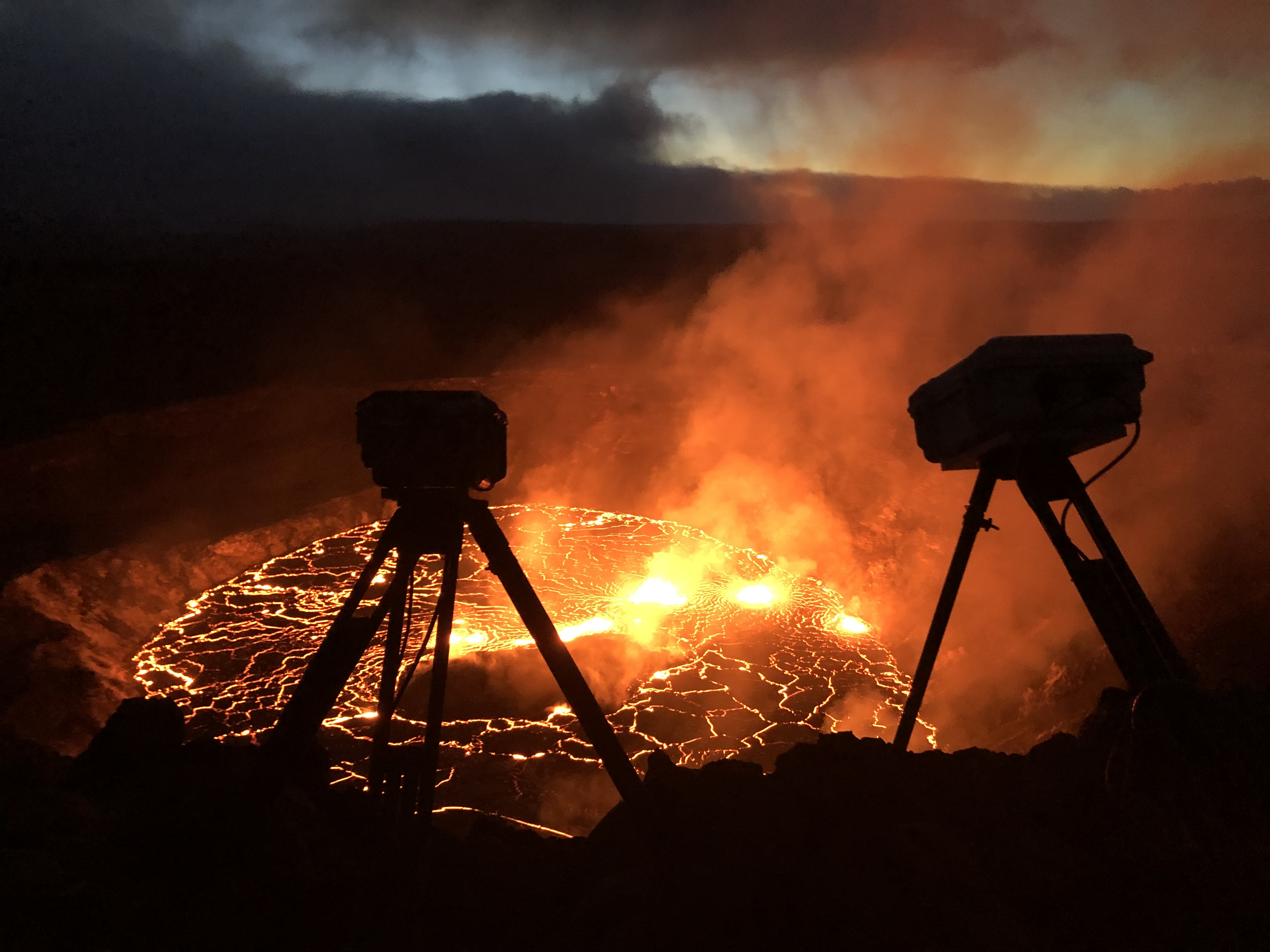
This post first appeared on Patreon. To support this site and gain early access to select posts, plus behind the scenes, sneak peeks, and exclusive content, become a patron today.
Allow me to set the scene: bugger-all was going on at Kilauea Volcano. Madame Pele had shut up shop in May and taken a luana iki (little rest). Perhaps she paid a visit to Iceland’s bouncing baby shield volcano. She may have stopped by La Palma to give her cousin some encouragement.
Back at Kilauea, there were a few rumbles in late August, with an intrusion of magma to the summit. But after that delivery, nothing much happened for most of September. It seemed to many that Pele’s luana iki might turn in to a long winter’s nap.
Madame had no such plans.

Timelapse showing the onset of the eruption. Watch the lower right tip of the island at the beginning – that frame is looped so you can see the uplift right before the vent opens. Click here for a full-size image. Credit: USGS
The Lowdown on LAZE: La Palma Eruption’s Most Recent Hazard
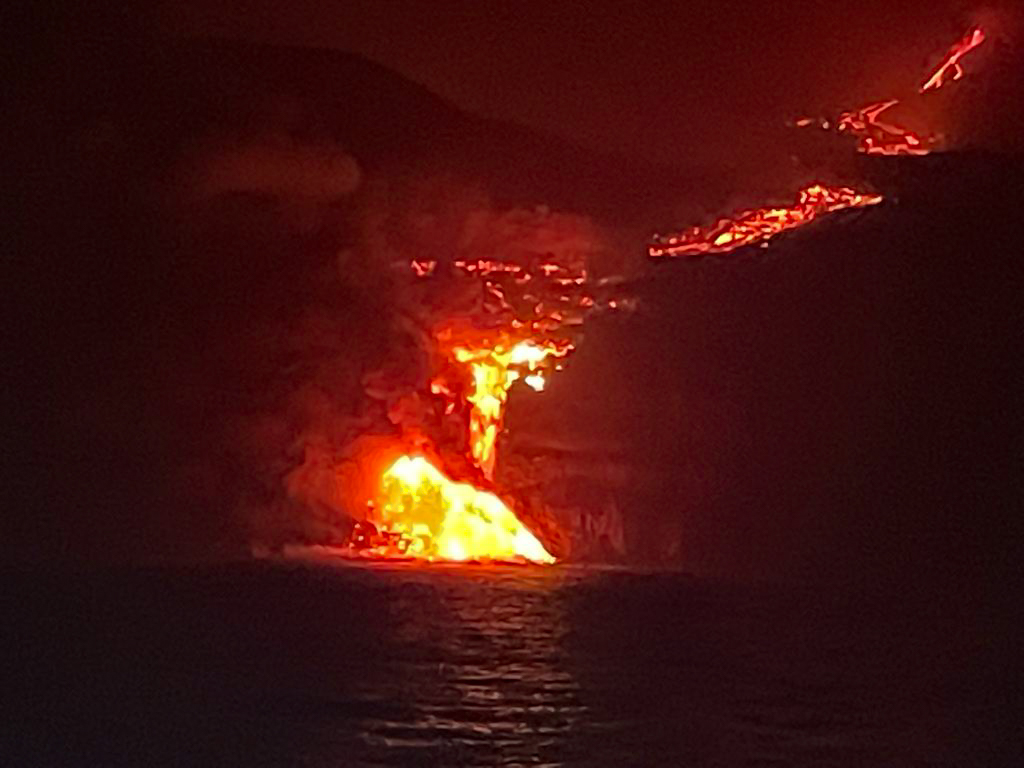
The lava flow from La Palma’s ongoing eruption has reached the Atlantic Ocean. The news is full of people talking about how hazardous this is: you can get all kinds of explosive interactions between water and molten rock. There’s also the little matter of LAZE. Now seems like the perfect time to bring you this article, first published at Scientific American Blogs, telling you what to expect from those dense white plumes.
And I’d also like to take this opportunity to remind you why it’s a terribad idea to sail too close to an ocean entry. Keep your distance!
Kilauea’s most recent lava flows reached the sea over the weekend, and they’ve been beach bumming ever since. Few things are as dramatic as molten rock contending with seawater. We’ll be talking about all the neato things that are happening and that we may see if the eruption continues. We’re starting with LAZE, which in this case isn’t something you do on a hot summer afternoon. It’s this:

A dense LAZE plume rises from the Pacific Ocean during Kilauea’s 2018 eruption. Credit: U.S. Geological Survey
When blazing hot lava meets seawater, the interaction between them boils the water and produces enormous plume of mist, called LAZE (lava haze). These plumes are, of course, mostly water vapor, but they are so much more than that. They’re acidic beasts carrying appreciable amounts of hydrochloric acid, hydrofluoric acid, sulfate anion, carbon dioxide, and nitrogen dioxide, plus traces of volcanic glass and other particles. Even if you could find a safe place near where the lava is pouring into the ocean, you wouldn’t want to be hanging out there without industrial-grade protection.
Sounds super scary, right? Well, it’s concerning. But don’t panic. It, like so many of Kilauea’s other dangers, is something you can protect yourself against with a little common sense and caution. And it’s really pretty neat. (more…)
La Palma Eruption: Video Updates
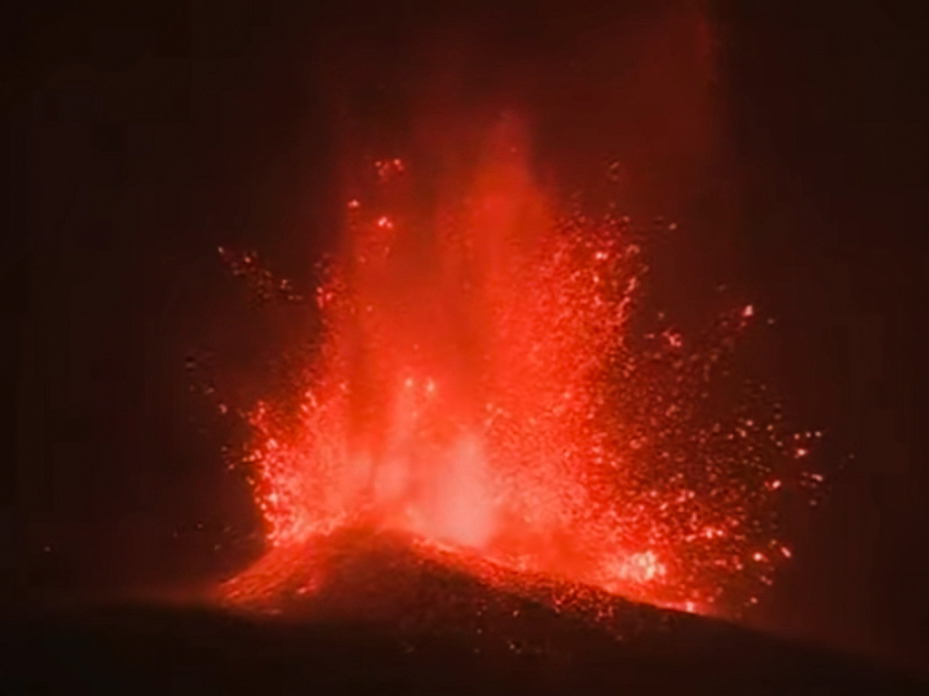
I’m cooking up a great series of posts for you on the geologic context of La Palma, the seismic signs of this eruption, and the eruption itself, plus human efforts to control lava flows. But I had to pause to show you this wonderful trio of videos from Geology Hub, which not only include information on the ongoing eruption, but have some incredible clips. Plus, a Canary Islands bonus volcano!
Here’s an update from a couple of days ago, while new fissures were opening and the volcano was still in a largely Hawaiian-type eruptive style.
Many people seem to love to jump on the slightest easing of eruptive activity to declare that the eruption is obviously not going to last for a long time and it’s just about to end. Those people get heartily laughed at by eruptions, which frequently wax and wane and wax again many times through the course of an eruption that will last weeks, months, or years. The new La Palma volcano is certainly having a good snicker as it shifts to Stombolian activity and increases in vigor. Personally, I think it’s going to be with us for months, if not years.
Watch closely, and you’ll see an urban kipuka in one of the shots. I’m so glad these flows are slow enough for people to get to safety before their homes and towns are destroyed. And so far, it seems that Canary Islands officials have been doing a good job listening to what the volcano is telling them and ensuring folks can get out of harm’s way. (more…)
La Palma Erupts: A Video Chronology
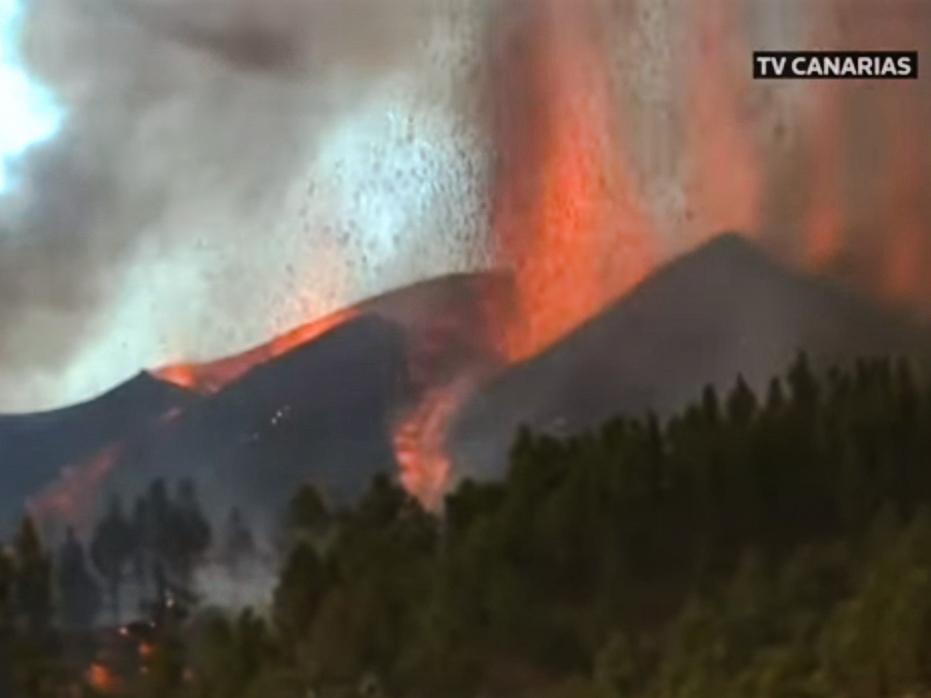
One thing is true about living on an active volcanic island: your gamble with lava is probably a losing bet. The people of La Palma just got a rather spectacular reminder on Sunday that the volcano always wins.
That’s the bad news. The good news: volcanoes, unlike earthquakes, usually give us adequate notice as to what’s coming.
La Palma got just over a week’s notice that something was up, and increasing seismicity warned authorities to begin evacuations before the eruption began. Livestock and people with disabilities were removed from the danger zone early; thousands of other residents were hurried to safety after the fissure first opened and the eruption began. (more…)
Loowit (Mount St. Helens): Going Through Changes
(This post first appeared on Patreon. To get early access, plus nifty extras, all while supporting Rosetta Stones, please click here.)
Four years. FOUR. YEARS. The pandemic and other circumstances kept me from Loowit (Mount St. Helens) for nearly half a dang decade! But thanks to vaccinations and a visit from one of my best friends and my honorary nephew, I finally got a chance to see her again.
Ye gods, things have changed! I’m kinda glad now that I slacked off on turning my guide into a book. It’s going to need some revision.
Come join me for some sneak peeks at what’s new around our favorite volcano, plus some pretty shots of old favorites.

